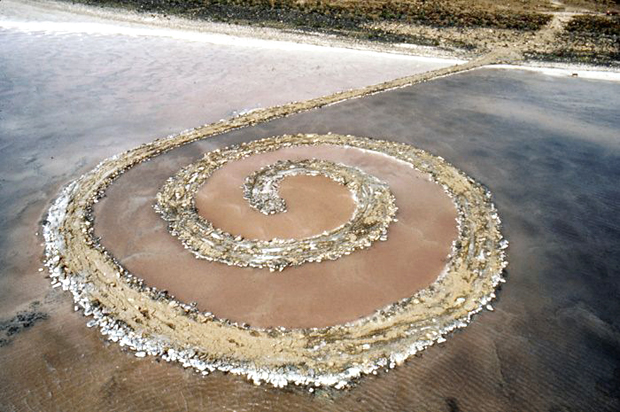
A Movement in a Moment: Land Art
Discover how a generation of artists swapped pencils for dumper trucks as they made the world their canvas
In the summer of 1967, while hitchhiking his way from St Martin’s School of Art to his home city of Bristol, the British art student Richard Long stopped in a field in Wiltshire, and walked repeatedly in a straight line, until the passage of his feet had made a visible mark in the grass. Long photographed the line, before thumbing another lift home.
Around the same time, on the other side of the Atlantic, another twentysomething artist, Robert Smithson, was photographing his hometown of New Jersey, enamored by the modern, primitive majesty he found in the region’s mining trucks, which shipped and tipped tonnes of earth and rocks around.
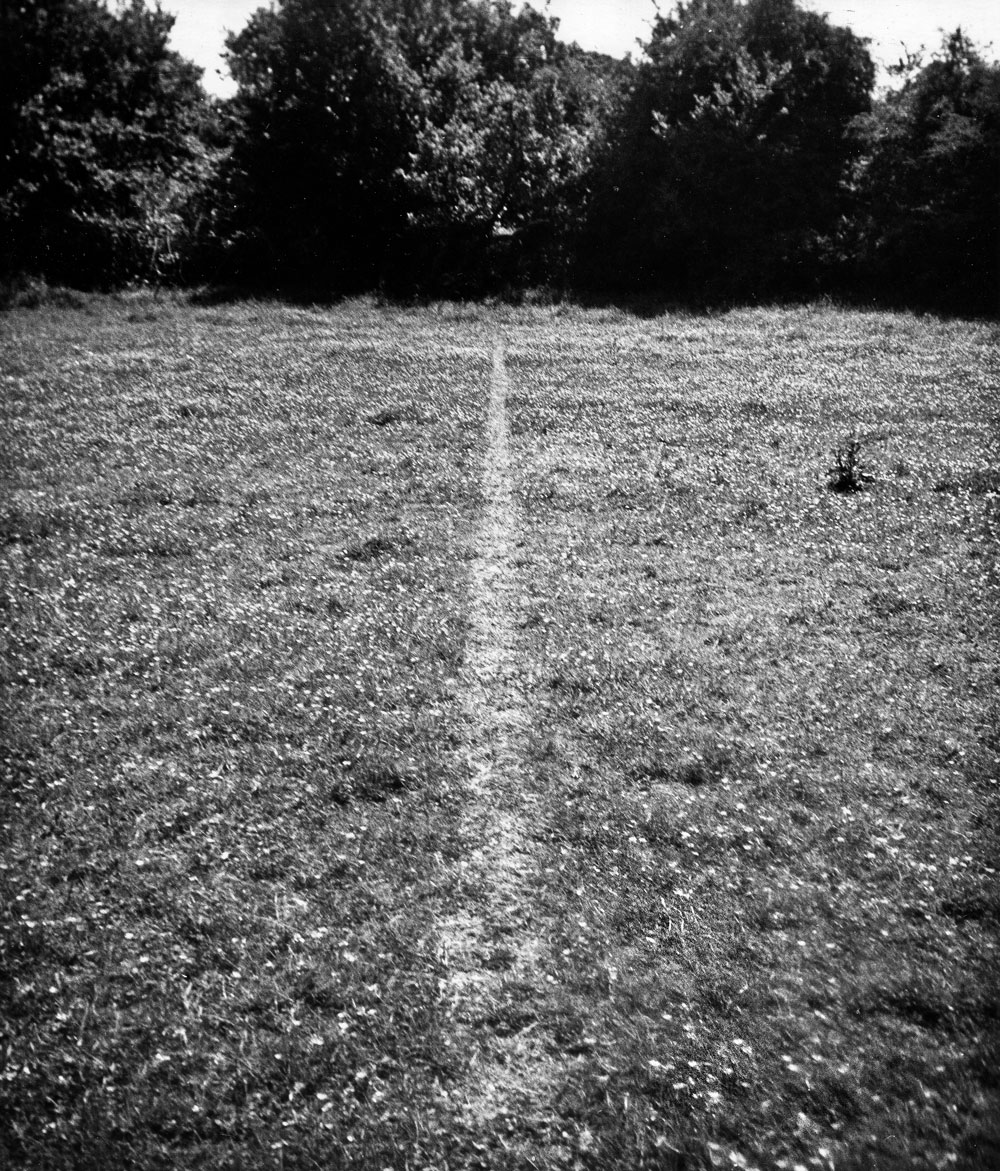
Neither artist was aware of the other’s activities, and neither wholly shared the other’s viewpoint; Smithson, was keen on minimalism, knotty theory and science fiction paperbacks; Long, a one-time pupil of Anthony Caro’s, was working towards a simpler, high-minded sense of authenticity.
Nevertheless, both saw how by treating landscape as a medium, they could pursue new artistic ends, and in so doing, helped found a movement that became known as Land Art.
The wider art world learnt of Smithson’s activities the following autumn when he organised an exhibition which is today widely regarded as the beginning of Land Art. Here’s how that show is described in our book Land and Environmental Art.
“In October 1968, at the height of the Vietnam War, six months after the student riots in Paris, and just weeks before the election of Richard Nixon as President of the United States, artist Robert Smithson organized an exhibition at Dwan Gallery in New York entitled simply ‘Earthworks’.”
Smithson preferred this term earthworks, which he had borrowed from the title of a dystopian, 1965 novel from Brian Aldiss. Yet, whether Land Art or Earthworks, the show certainly captured a new way of examining our ancient planet. The noted minimalist artist Carl Andre exhibited a rock pile; future Land Art star Michael Heizer submitted some photographs of rock arrangements in the desert; Smithson himself showed boxes of mineral ore mined in Franklin, New Jersey.
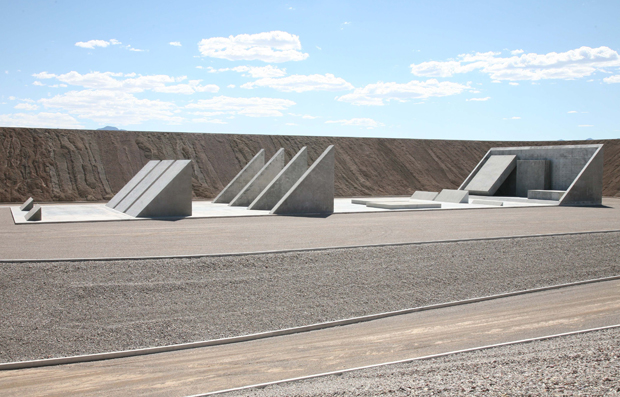
Though the works in the show, which ran 5–30 October 1968, were priced for sale, the artists did not truly expect to reap the benefits from the art market, but rather, to upset it.
“While not overly political, members of his mostly American movement tended to be dissatisfied with the constraints of the market-driven art world and cultural commercialism,” explain our editors in Art In Time, “and many of them sought out remote sites unscathed by previous human intervention, where they could create monumental sculptures that enabled the viewer to directly experience the natural world.”
Land Art drew on recent art movements such as minimalism, as well as political trends such as environmentalism; it harkened back to ancient monuments such as Peru’s Nazca Lines and England’s Stone Henge, and – at least in Smithson’s case – forward, towards the science fiction of Aldiss and JG Ballard. There’s also the occasional acknowledgement of 18th and 19th century landscape gardening, though the artists tended to play down a horticultural link.
The movement’s best-known works, such as Walter de Maria’s Lighting Field, a one mile by one kilometre grid of lighting conductors set into the New Mexico wilderness in 1977, or Smithson’s 1970 work, Spiral Jetty, a 1,500 feet coil of earth, rock and salt, jutting out into Utah’s Great Salt Lake, feel both ancient and avant-garde.
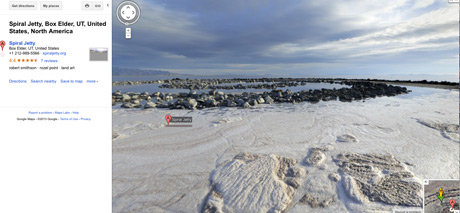
The Spiral Jetty’s anticlockwise curl, as we explain in our site-specific art book, Art & Place, “invites the viewer to ponder geological time as he or she stands on the rocks and earth of the spiral and look out at the lake and the surrounding landscape. The viewer is also invited to think about cosmological time as the shape recalls the spirals of galaxies. In 1970, a year after the first moon landing, outer space and our place within it was at the forefront of consciousness.”
As those turbulent years regress into the past, so Land Art’s position as a lively avant-garde movement fades also. Smithson's role as Land Art practitioner and curator ended with his death in a plane crash in 1973, while surveying the Texan site of one of his works.
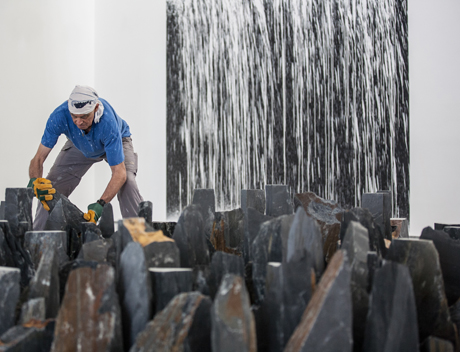
Other prominent land artists have found a place within the gallery system; Long won the Turner Prize in 1989; in 2012 the Los Angeles County Museum of Art installed Michael Heizer’s Levitated Mass, a 340-ton boulder resting on top of a viewing trench, on its campus; and the Gagosian Gallery is currently showing a series of works by Walter De Maria at its Brittannia St space in London.
Yet many continue to work in similar ways, and sometimes on the very same projects, as they were engaged in decades earlier, during Land Art’s formative years. Heizer began his colossal sculpture, City, in the Nevada desert in 1972, and has still yet to complete it; the US artist James Turrell acquired the Roden Crater in Arizona in 1979, and has still yet to finish work on his planned naked-eye observatory inside that extinct volcano.
Both Turrell and Heizer are in their seventies, raising the prospect that both works could, perhaps remain unfinished. Yet this sense of near impossibility is part of Land Art’s appeal. These great works require fantastic resources and an overwhelming sense of will on the part of the artist, as well as a sizable sense of dedication and reasonable set of resources on the part of the visitor.
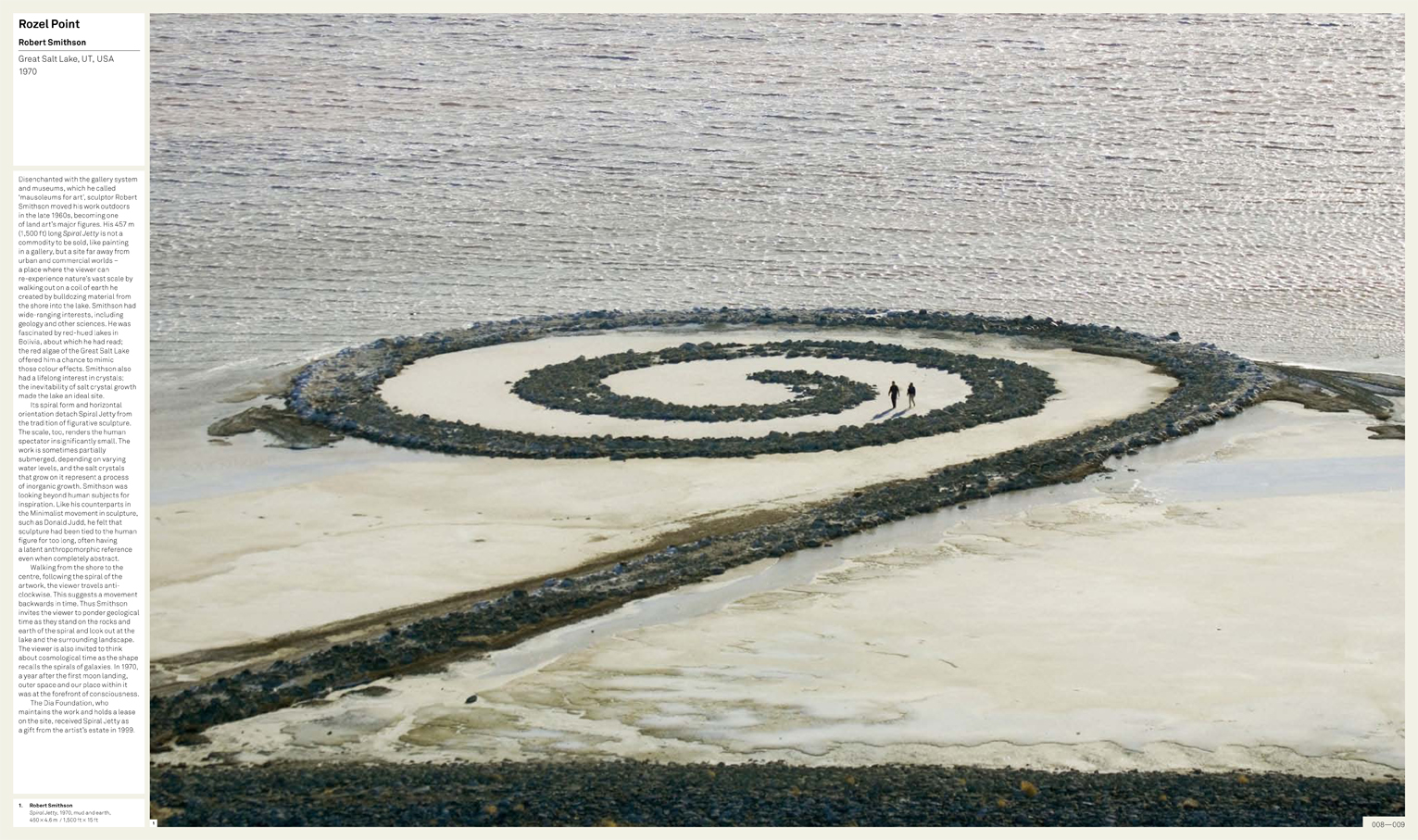
Perhaps, when the dust finally settles, this limitless sense of vision and scale will be Land Art’s legacy. The movement forced, and still forces the viewer to look beyond the gallery, the museum and the art-supply store when considering creative human endeavour. Long, Smithson, Heizer and their fellow travellers have proved that contemporary art can be as monolithic as a city-sized, dumper-truck assisted sculpture, and as ephemeral as a country walk on a summer’s day.
For greater insight into Land Art consider our books Land and Environmental Art, and Art & Place. For greater insight into both this movement and many others buy a copy of Art In Time.